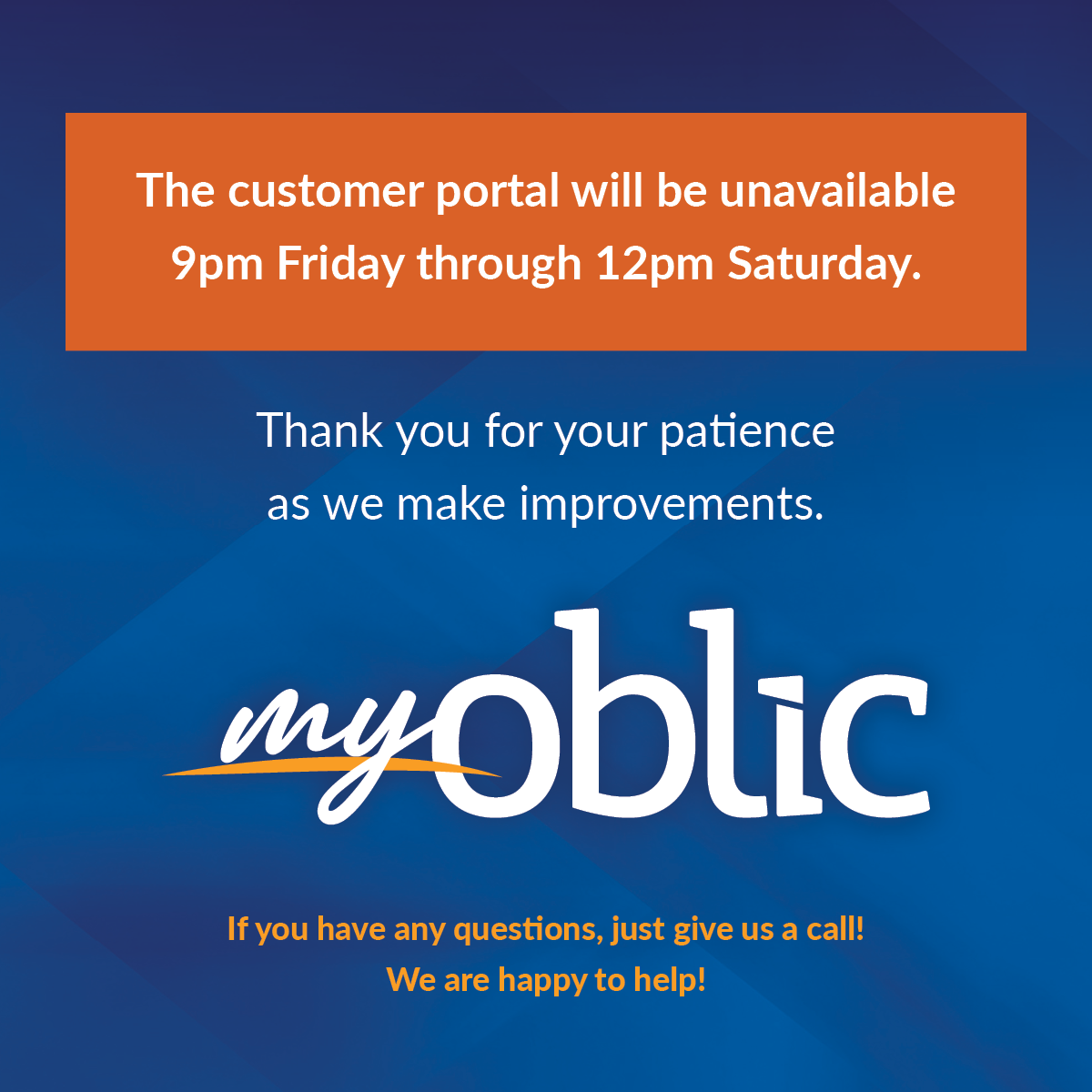Effective law office management will allow your practice to run ethically and efficiently. Best practices indicate that having a good office procedure manual helps everyone in the firm to follow the same policies and procedures and helps attorneys fulfill the ethical duties required by Rules 5.1 and 5.3 of the Ohio Rules of Professional Conduct.
Your office procedure manual should be reviewed at least annually and kept updated regularly. Whether your office procedure manual is kept in paper or electronic format, it must be kept under strict security protocols as it literally has everything you need to run your law firm.
Your Office Procedure Manual* should include:
IT Information
Log-in and password information – kept securely – for:
-
-
- Office computers
- Mobile devices
- Voicemail
- Cloud storage
- Billing systems
- Calendaring system
- Email (including server addresses and passwords)
- Online banking
- Vendors
- Other websites the law office regularly uses
-
Data resources for conflicts of interest check
-
-
- Refine how to address if there is a conflict
-
Use of the office calendaring system
-
-
- Shared calendars
- Statute of limitations and other filing deadlines
-
Email procedures
-
-
- Encryption requirements
-
Document processing
-
-
- Metadata removal procedures – especially when using templates/sample forms
-
Website and Advertising
-
-
- Review website
- Be sure information is updated
- Consider adding how you are serving your clients during COVID
- Review website
-
Cybersecurity
-
-
- Incident Response Plan (IRP)
- Training
-
Client Communication
How to generate a list of active client files, including client names, mailing and email addresses, phone numbers
Client Letters
-
-
- Engagement letter
- Non-engagement letter
- Fee contract
- Update/status letter
- Withdraw from representation letter
- File closing letter
-
Information on client files
How open/active files are organized and kept
Document client files
-
-
- Use checklist to be sure procedures are followed
- Include chronology of file from conflicts check to closing
-
Where closed files, if any, are stored
-
-
- If your firm has old, closed files, start the process of returning client files to reduce this backlog
- See Office of Disciplinary Counsel Managing Client Files & Trust Accounts and Ohio Board of Professional Conduct Ethics Guide: Client File Retention
-
Firm’s client file retention and destruction policy
-
-
- Consider returning the file to the client at the conclusion of representation
-
Financial Information
Where and how client ledgers are maintained
-
-
- Properly maintain IOLTA records and ledgers, See Rule 1.15
- Include Fee Agreements, if any, with IOLTA records
-
Time and billing procedures and software
-
-
- Policy on Evergreen Retainer
- How to handle late paying clients See Hotline Questions – Fee Collection
-
Names and contact information for:
-
-
- Office personnel
- Financial institutions
- Accountants
- Landlords
- Vendors
- Insurance agents/brokers
-
As always, if there are any questions about this or any other loss prevention topic, please contact us at OBLIC. We’re here to help!
Gretchen Mote, Esq.
Director of Loss Prevention
Monica Waller, Esq.
Senior Loss Prevention Counsel
*See Ohio Ethics Guide: Succession Planning at P. 7


